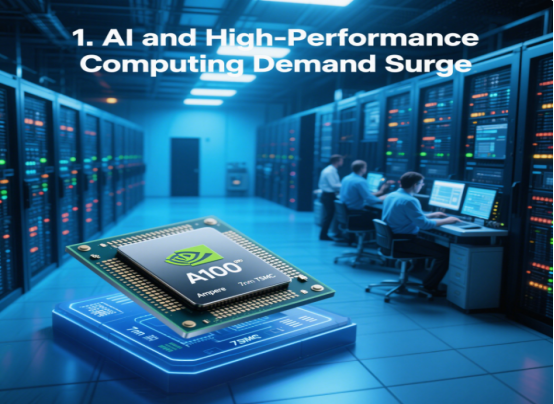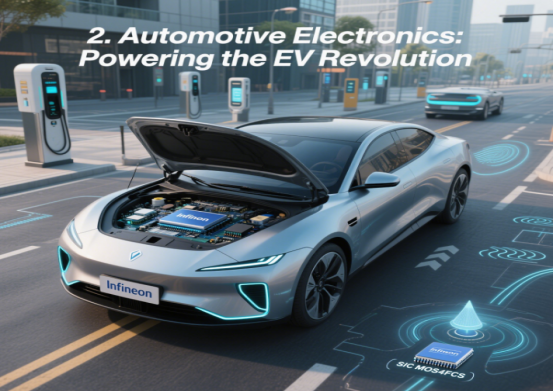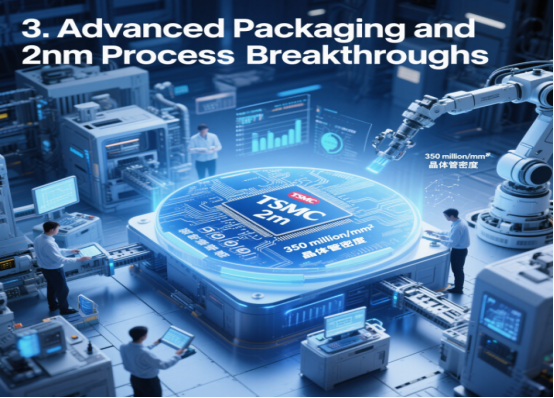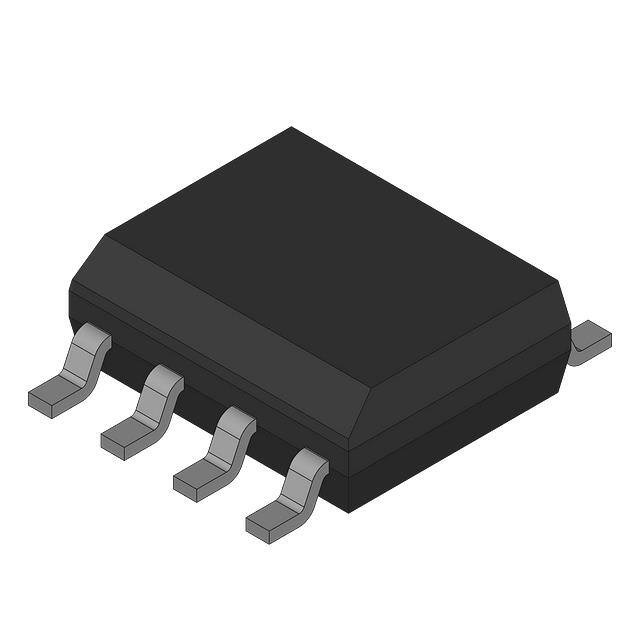2025 Electronic Components Market Trends In-Depth Analysis
The global electronic components market is undergoing transformative shifts driven by technological breakthroughs and surging demand across industries. As a leader in providing cutting-edge solutions, we present a comprehensive analysis of 2025 trends, supported by technical insights, product specifications, and actionable data.
Key Market Trends Shaping 2025
1. AI and High-Performance Computing Demand Surge

The proliferation of AI, machine learning, and cloud computing continues to fuel demand for advanced semiconductors. Key drivers include:
· AI Server Growth: AI server shipments are projected to grow by 87.1% YoY in 2025, driven by hyperscale data centers and edge computing.
· GPU/CPU Innovations: Next-gen processors like NVIDIA’s GB300 Blackwell Ultra and Intel’s Panther Lake will dominate high-performance computing (HPC) markets, offering 35x faster AI inference and enhanced energy efficiency.
Featured Product: NVIDIA A100 GPU
| Parameter | Specification | Application |
| Architecture | Ampere | AI Training/Inference, Data Centers |
| Process Node | 7nm TSMC | High-Performance Computing |
| Memory Bandwidth | 1.6TB/s | Cloud Gaming, Autonomous Systems |
| Power Efficiency | 400W (30% improvement vs. V100) | Real-Time Analytics |
2. Automotive Electronics: Powering the EV Revolution

The automotive semiconductor market will exceed $100 billion in 2025, with innovations in:
· SiC/GaN Power Devices: Tesla’s adoption of Infineon’s SiC MOSFETs reduces EV power loss by 50%, extending battery life.
· Autonomous Driving Chips: Horizon Robotics’ Journey 6 and Qualcomm’s Snapdragon Ride enable L4 autonomy with <10ms latency.
Featured Product: Infineon CoolSiC™ 1200V MOSFET
| Parameter | Specification |
| Voltage Rating | 1200V |
| Switching Frequency | Up to 1MHz |
| Thermal Resistance | 0.3°C/W |
| Application | EV Inverters, Solar Inverters |
3. Advanced Packaging and 2nm Process Breakthroughs

· 2nm Node Adoption: TSMC’s N2 and Samsung’s SF2 processes will enter mass production in H2 2025, offering 15% speed gains and 30% power savings.
· 3D Packaging: CoWoS and HBM4 integration enable 12-HBM4 stacks per package, ideal for AI accelerators.
Featured Product: TSMC 2nm Wafer
| Parameter | Specification |
| Transistor Density | 350 million/mm² |
| Power Efficiency | 30% reduction vs. 3nm |
| Applications | HPC, Mobile Processors, Automotive |
Product Portfolio Showcase
Passive Components for 5G and IoT
Product: Murata 01005 MLCC
· Capacitance Range: 0.1pF–22µF
· Voltage Rating: 4V–25V
· Size: 0.2mm x 0.1mm
· Application: Smartphones, Wearables, IoT Sensors
Advanced Sensors for Industry 4.0
Product: STMicroelectronics LSM6DSO32X IMU
| Parameter | Specification |
| Acceleration Range | ±2/±4/±8/±16g |
| Gyroscope Range | ±125/±250/±500/±1000/±2000 dps |
| Power Consumption | 0.55mA (Active Mode) |
| Interface | I²C, SPI |
FAQ: 2025 Electronic Components Market Trends
Q1: What are the primary growth drivers for the electronic components market in 2025?
A1: The market is propelled by AI/ML adoption, automotive electrification, and 5G/IoT expansion. For instance, AI server demand will grow by 87.1%, while automotive semiconductors will exceed $100 billion in revenue.
Q2: How will supply chain risks impact component availability?
A2: Geopolitical tensions and material shortages may disrupt lead times, particularly for advanced nodes (2nm) and HBM4 memory. Diversifying suppliers and adopting local sourcing strategies are critical.
Q3: What role will sustainability play in component design?
A3: Eco-friendly manufacturing and SiC/GaN devices will dominate. TSMC aims for 100% renewable energy by 2050, while Infineon’s SiC solutions reduce EV carbon footprints by 20%.
Conclusion
The 2025 electronic components market demands agility and innovation. By leveraging trends in AI, automotive tech, and advanced manufacturing, businesses can stay ahead in this dynamic landscape. For tailored solutions, explore our product portfolio designed to meet tomorrow’s challenges today.


